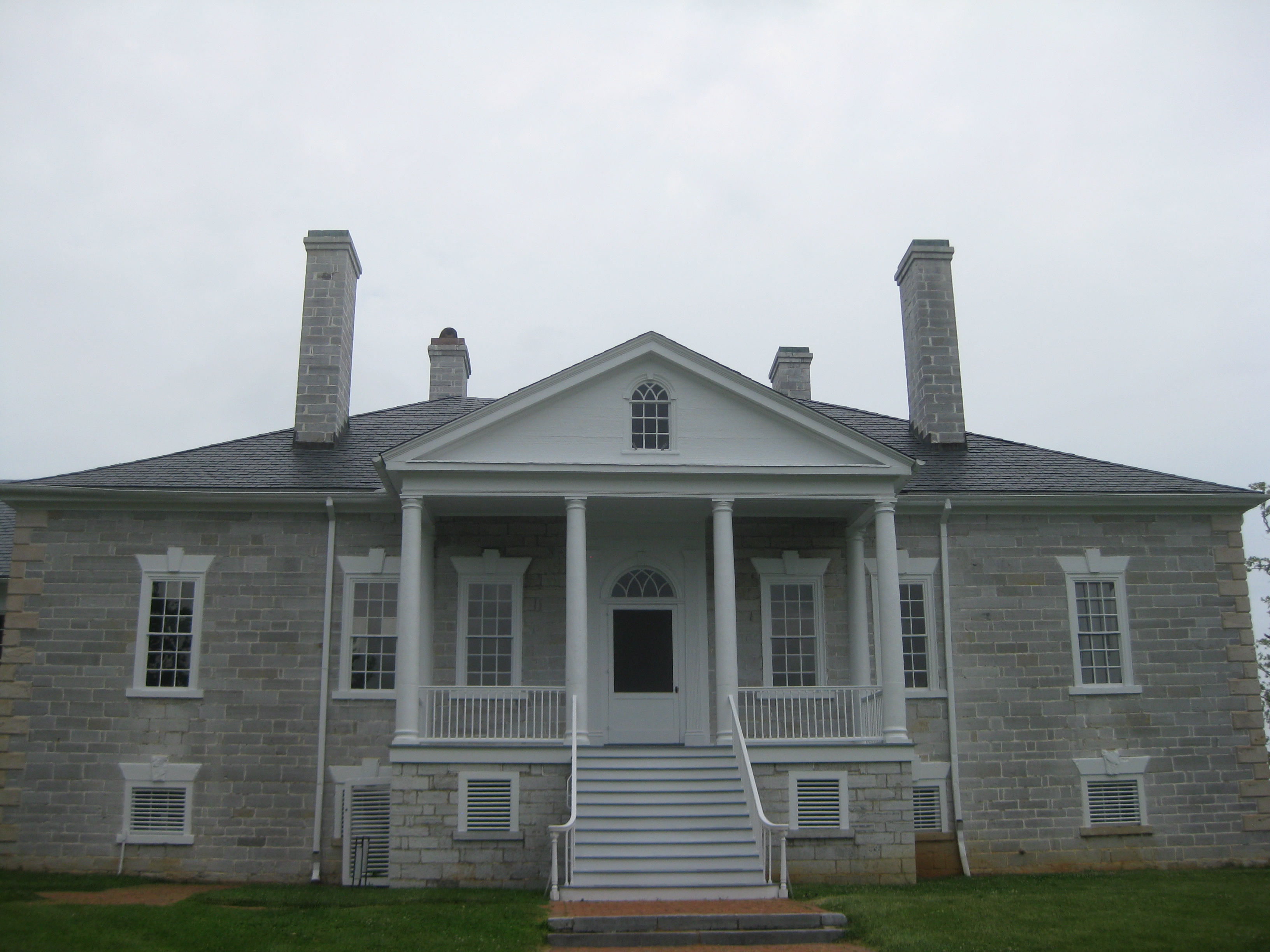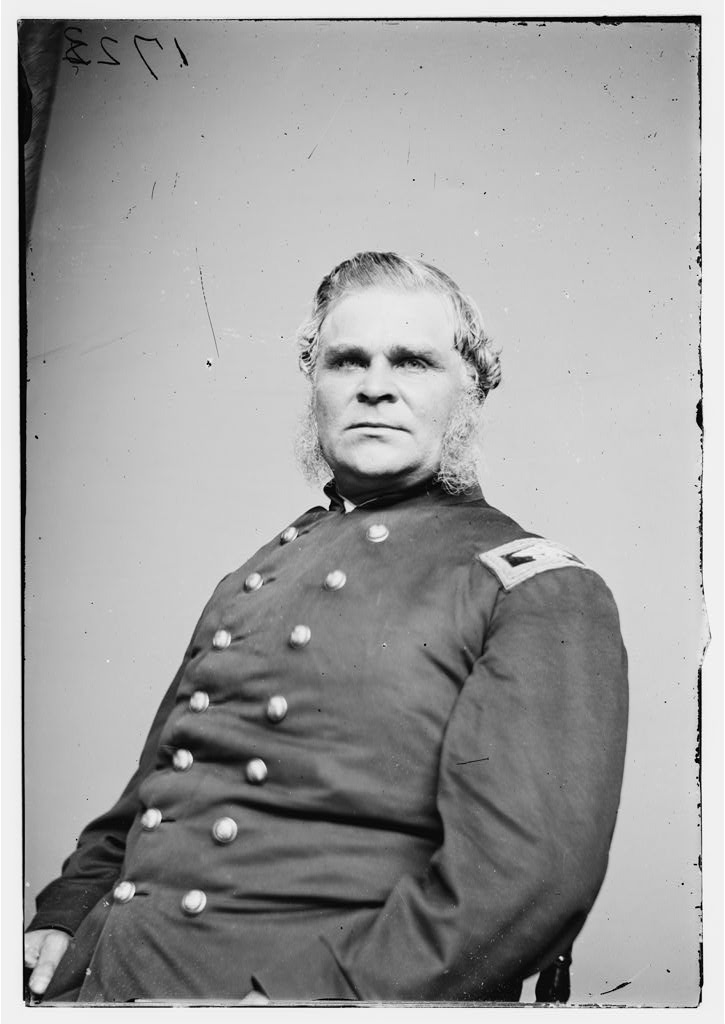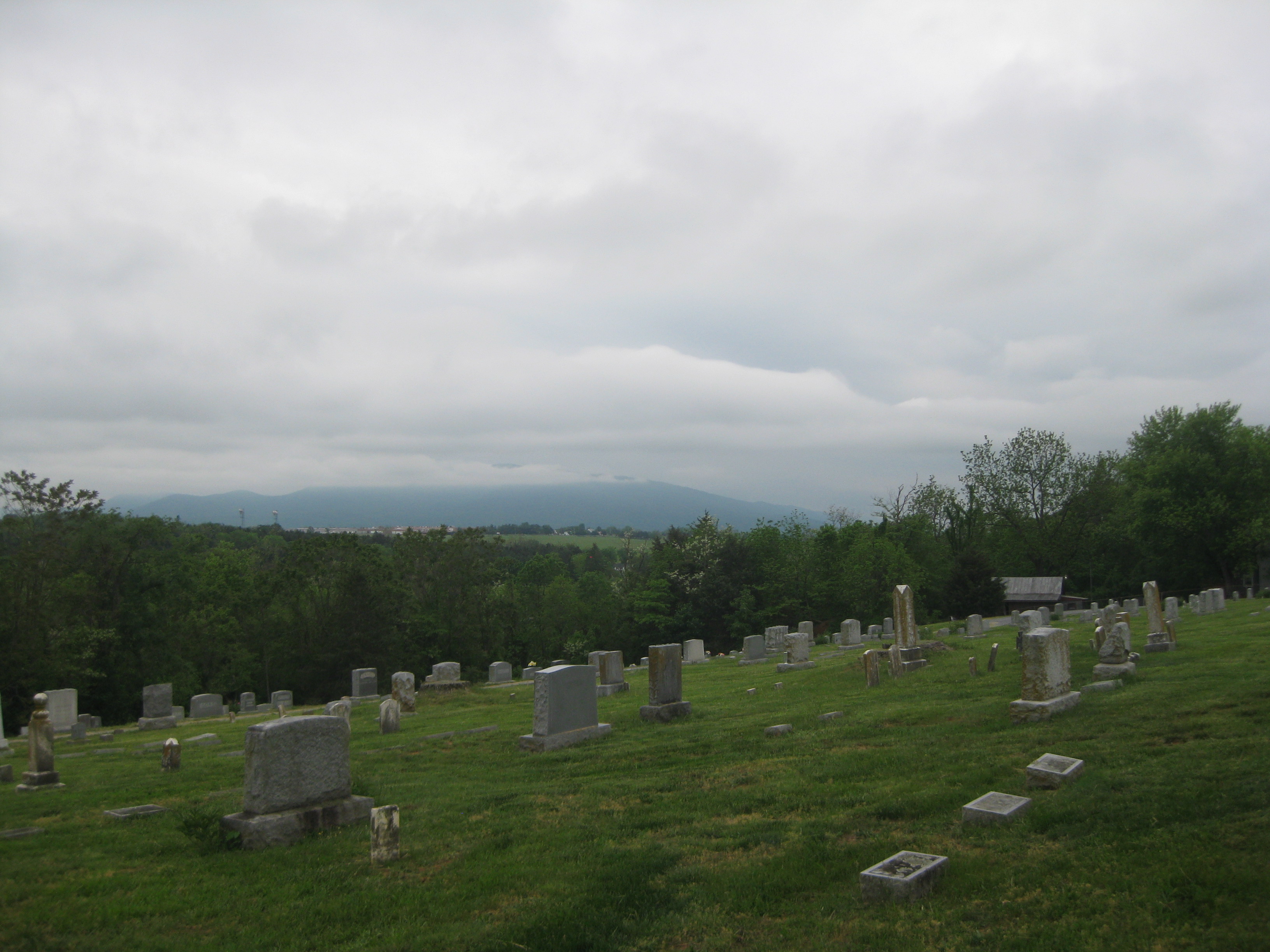Stand in the Cemetery: George Washington Getty and the Battle of Cedar Creek

Following the engagement at Tom’s Brook on Oct. 9, 1864, Maj. Gen. Philip Sheridan’s Union Army of the Shenandoah continued north toward Winchester. Sheridan eventually put his men into camp along a stream known as Cedar Creek south of the village of Middletown. Jubal Early’s Army of the Valley followed and assumed a position on Fisher’s Hill. Despite the enemy presence, Phil Sheridan remained convinced that Early’s army did not pose a serious threat to his command. Little Phil was so comfortable in this mindset that on October 15, he left the army to travel to Washington to meet with Secretary of War Edwin Stanton to discuss and plan future operations. In his absence, Wright had temporary command of the army. Sheridan’s complacency was unfounded; Early in fact was looking for an opportunity to strike the Federals. To that end, on October 17, Early dispatched Maj. Gen. John Gordon, Brig. Gen. Clement Evans and Jedediah Hotchkiss to Massanutten Mountain to examine the Union lines.
From their observation point, the three officers could clearly see the Union army arrayed before them. On the far right stood Sheridan’s cavalry. Posted to the cavalry’s left was the VI Corps and next to them was Maj. Gen. William Emory’s XIX Corps. Directly below them and holding the Union left was the Army of West Virginia, commanded by Brig. Gen. George Crook. To Gordon, the Union left was the weakest point of the position. The Georgian surmised that a flanking column might be able to move around the base of the mountain, cross the North Fork of the Shenandoah River, and assail the Yankee left flank.
The following afternoon, Gordon presented his plan to Early at a council of war. After some discussion, “Old Jube” acquiesced. Early hoped the attack would help renew Confederate hopes in the Valley and possibly strike a devastating blow to Sheridan.
For the assault, Robert E. Lee’s “Bad Old Man” decided to send Joseph Kershaw’s division to Bowman’s Ford on Cedar Creek to strike the Army of West Virginia on its right front. Gordon, with the old Second Corps of the Army of Northern Virginia, was to march along the slopes of the Massanutten to the Shenandoah River. After crossing the river, Gordon was to assail Crook’s left.
Shortly after 4:30 a.m. on October 19, 1864, 153 years ago, the Confederate line lurched forward. Kershaw and Gordon’s surprise attack caught Crook-and the rest of the Union army-completely by surprise. Out of the darkness, the Rebel infantry came booming, screaming the “Rebel Yell”. Crook’s men had fought well at Third Winchester and Fisher’s Hill, but they could not stand the gray onslaught and were driven from their position. Sparked with their initial success, the Confederate infantry continued on, sweeping westward toward the Valley Turnpike and Emory’s lines. Troops from the XIX Corps managed to make a stand, but like Crook were driven from the field.
By seven o’clock, roughly two and a half hours after the attack began, the Union line was in tatters. Crook’s and Emory’s commands were in full retreat. The only blue infantry left on the field was the VI Corps. With Emory’s lines giving way, the divisions of Frank Wheaton and J. Warren Keifer pulled out of their original line and moved out to confront the Confederates. Wheaton and Keifer deployed on ground overlooking the Belle Grove mansion. As they prepared to meet the enemy, the last VI Corps division, commanded by George Getty moved onto high ground occupied by the Middletown Cemetery, just to the north of Wheaton and Keifer.

George Washington Getty was born in the Georgetown neighborhood of Washington, D.C. on October 2, 1819. A West Point graduate, Getty fought in the war with Mexico and against the Seminoles in Florida. He began the Civil War as a captain in the 4th U.S. Artillery and saw action during the Peninsula Campaign, the Seven Days’ battles and at Antietam, where he served as the Chief of Artillery for the IX Corps. Promoted to Brigadier General in September, 1862, Getty led a IX Corps division at Fredericksburg. In the spring of 1863, he helped defend Suffolk, Virginia against James Longstreet. The following spring, he was serving as the acting Inspector General for the Army of the Potomac until given division command once again, this time in the VI Corps. Getty was severely wounded in the Wilderness, while his division fought to secure the vital Brock Road-Orange Plank Road intersection.
Getty must have paced amongst the tombstones as he watched Keifer and Wheaton stubbornly hold on against the Confederates. As those divisions finally gave way and began a withdrawal, it fell to Getty to not only cover their retreat, but hold on and buy time for the remainder of the army to rally north of Middletown. The Washingtonian and his veterans were the only thing standing between Jubal Early and victory.
Getty arrayed his three brigades, under James Warner, Lewis Grant and Daniel Bidwell, from right to left amongst the headstones. George Stevens, a surgeon in the 77th New York and chronicler of the VI Corps remembered “now that peerless band of veterans, the wearers of the Greek cross…was to show the country and the world, an exhibition of valor…above all the grand achievements of the war…with fearless impetuosity the rebel army moved up the gentle rise of ground…and the attack, from one end of the line to the other, was simultaneous. It was like the clash of steel to steel. The astonished columns were checked. They had found an immovable obstacle to their march of victory”.
For ninety minutes, Getty’s division held. During the fighting, they repulsed three different assaults-first by John Pegram’s division, then by the 43d, 45th, and 53rd North Carolina and the 2nd North Carolina Battalion and finally by Gabriel Wharton’s division. Following a thirty minute artillery bombardment, the order to withdraw was finally given. Getty’s men joined the rest of the army and reformed north of Middletown.

Later in the day, after riding in from Winchester following his meeting in Washington, Phil Sheridan reached the field. His presence inspired his men. Launching a counterattack, the Federals swept forward, breaking the Confederate lines and sending them reeling in retreat toward Cedar Creek. What had begun as a disaster for the Federals, ended in a joyous victory.
Much of the credit for this victory should be shared with Getty and his division. Overshadowing their action is Sheridan’s famous ride to the battlefield. Had it not been for Getty’s stand in the cemetery, Sheridan simply would not have found an army to lead when he arrived. When Getty’s fight began, his was the only cohesive infantry force still remaining in the army. His hour and a half engagement allowed not only Keifer and Wheaton to reform, but Emory and Crook as well. His superb delaying action gave Sheridan the opportunity later in the day to launch his smashing counterattack. By the time Little Phil reached the field, his army had already rallied and reformed. The romantic notion of Sheridan riding in to save the day is much more appealing to the imagination than a bitter slug fest played out in, of all places, a cemetery.
George Getty remained in the army following the Civil War. He commanded the 38th U.S. Infantry for five years before transferring back to the artillery in 1871. He headed the artillery school at Fort Monroe, Virginia and interestingly, serve on the board that exonerated Fitz-John Porter for his actions at Second Manassas. In 1883, Getty finally retired. He passed away one day short of his eighty-second birthday on a farm in Forest Glen, Maryland in 1901. Getty rests in Arlington National Cemetery.

Cedar Creek is always a good read.
To Whom It May Concern:
Could you please place me on your mailing list, so I have events and other civil war related notifications? Thank you very much.
My great-great-grandfather fought with the First United States Sharpshooters, Company F. He was mortally wounded, at Cold Harbor, June 3rd and passed away in Baltimore, on July 1st, 1864. His name was Alvin Babcock.